Of all the main English translations of the Bible available–and there are more than a few dozen–I still prefer the older Revised Standard Version (RSV) published in 1952–with a 2nd edition in 1971. I realize most of my academic colleagues recommend the New Revised Standard Version (NRSV), released in 1989 and now available in a 2022 “Updated Edition,” (NRSVue). Although I appreciate these continued revisions, I continue to prefer the RSV for its general philosophy of translation. In this case, I find that “the old is good,”–to quote Jesus on the subject of fine wine! (Luke 5:39)
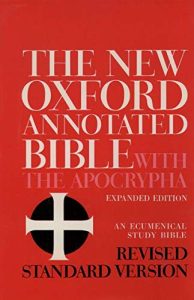 Of all the editions of the RSV it is this one–The New Oxford Annotated Bible with Apocrypha–Revised Standard Version that I recommend. It is available in various editions and prices. I have a leather bound edition I have used for many years but I use the hardcover when teaching. I also like that the so-called “Apocrypha,” is included–in a solid academic translation with abundant notes. For me the page layout and “feel” of a Bible is as important as the edition or translation. Oxford does it the best, when it comes to Bible publishing, they go back to the 17th century!
Of all the editions of the RSV it is this one–The New Oxford Annotated Bible with Apocrypha–Revised Standard Version that I recommend. It is available in various editions and prices. I have a leather bound edition I have used for many years but I use the hardcover when teaching. I also like that the so-called “Apocrypha,” is included–in a solid academic translation with abundant notes. For me the page layout and “feel” of a Bible is as important as the edition or translation. Oxford does it the best, when it comes to Bible publishing, they go back to the 17th century!
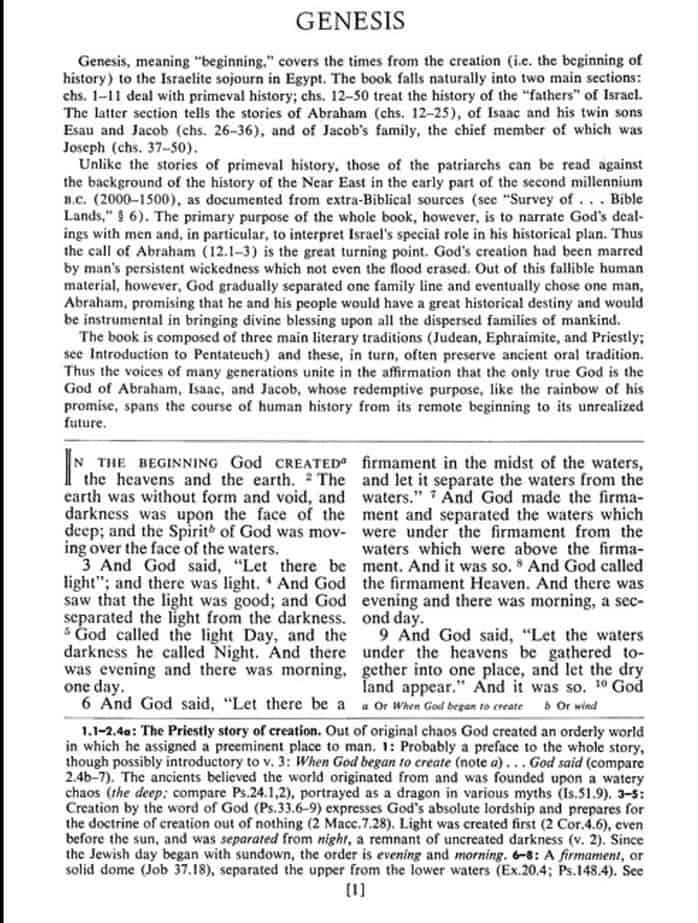 I also love the page layout and type-face, the notes, the wonderful color Oxford maps, and all the reference features this edition includes.No translation is perfect, but I do appreciate the tradition of succession from the Geneva Bible (1560), through the King James Version, the English Revised Version (1885), and the American Standard Version (1901). And I think it is important for students to study the books known as the Apocrypha. I should also point out that the original King James Version published in 1611 had 80 books–not the common 66 (39 O.T. and 27 N.T.)–as it included the “extra” books of the Apocrypha. So in that sense this Oxford edition of the RSV with Apocrypha builds on this noble tradition.
I also love the page layout and type-face, the notes, the wonderful color Oxford maps, and all the reference features this edition includes.No translation is perfect, but I do appreciate the tradition of succession from the Geneva Bible (1560), through the King James Version, the English Revised Version (1885), and the American Standard Version (1901). And I think it is important for students to study the books known as the Apocrypha. I should also point out that the original King James Version published in 1611 had 80 books–not the common 66 (39 O.T. and 27 N.T.)–as it included the “extra” books of the Apocrypha. So in that sense this Oxford edition of the RSV with Apocrypha builds on this noble tradition.
One translation, often overlooked, that is quite impressive in both text and notes, is the Catholic New Jerusalem Bible (1966) which I like very much–but you need to get the Study Edition for the notes–which are half the worth of this Bible. It uses the name Yahweh for God–a very bold and helpful move–much like the old American Standard Version used Jehovah. The modern use of LORD (all caps) and GOD (all caps) to indicate the Tetragrammaton, leads to endless confusions between which “Lord” one refers to…as the apostle Paul said, “there are many so-called Gods, and so-called Lords.” It has just now appeared as the Revised New Jerusalem Bible (2019)–which looks very good, but I have not had a chance to examine it yet–and I hope they were not pressured into abandoning their use of “Yahweh.”
As an Amazon Associate I earn from qualifying purchases with no extra cost to buyers
A useful web site is biblegateway.com, a site maintained by Zondervan publishing, which includes the following translations in searchable format–the Jerusalem Bible is not included.
- 21st Century King James Version (KJ21)
- American Standard Version (ASV)
- Amplified Bible (AMP)
- Amplified Bible, Classic Edition (AMPC)
- BRG Bible (BRG)
- Christian Standard Bible (CSB)
- Common English Bible (CEB)
- Complete Jewish Bible (CJB)
- Contemporary English Version (CEV)
- Darby Translation (DARBY)
- Disciples’ Literal New Testament (DLNT)
- Douay-Rheims 1899 American Edition (DRA)
- Easy-to-Read Version (ERV)
- Evangelical Heritage Version (EHV)
- English Standard Version (ESV)
- English Standard Version Anglicised (ESVUK)
- Expanded Bible (EXB)
- 1599 Geneva Bible (GNV)
- GOD’S WORD Translation (GW)
- Good News Translation (GNT)
- Holman Christian Standard Bible (HCSB)
- International Children’s Bible (ICB)
- International Standard Version (ISV)
- J.B. Phillips New Testament (PHILLIPS)
- Jubilee Bible 2000 (JUB)
- King James Version (KJV)
- Authorized (King James) Version (AKJV)
- Legacy Standard Bible (LSB)
- Lexham English Bible (LEB)
- Living Bible (TLB)
- The Message (MSG)
- Modern English Version (MEV)
- Mounce Reverse Interlinear New Testament (MOUNCE)
- Names of God Bible (NOG)
- New American Bible (Revised Edition) (NABRE)
- New American Standard Bible (NASB)
- New American Standard Bible 1995 (NASB1995)
- New Catholic Bible (NCB)
- New Century Version (NCV)
- New English Translation (NET)
- New International Reader’s Version (NIRV)
- New International Version (NIV)
- New International Version – UK (NIVUK)
- New King James Version (NKJV)
- New Life Version (NLV)
- New Living Translation (NLT)
- New Matthew Bible (NMB)
- New Revised Standard Version, Anglicised (NRSVA)
- New Revised Standard Version, Anglicised Catholic Edition (NRSVACE)
- New Revised Standard Version Catholic Edition (NRSVCE)
- New Revised Standard Version Updated Edition (NRSVUE)
- New Testament for Everyone (NTE)
- Orthodox Jewish Bible (OJB)
- Revised Geneva Translation (RGT)
- Revised Standard Version (RSV)
- Revised Standard Version Catholic Edition (RSVCE)
- Tree of Life Version (TLV)
- The Voice (VOICE)
- World English Bible (WEB)
- Worldwide English (New Testament) (WE)
- Wycliffe Bible (WYC)
- Young’s Literal Translation (YLT)



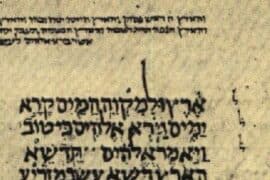

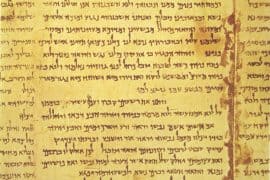
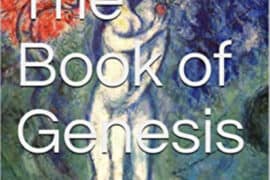


Comments are closed.